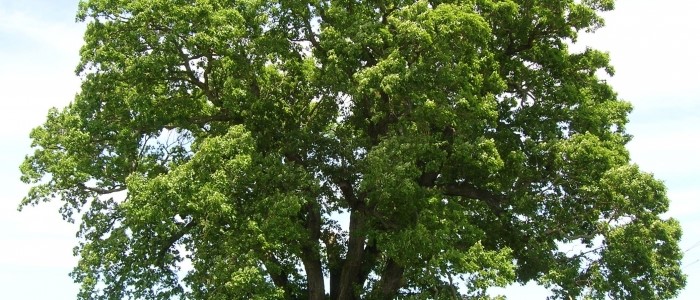Trees are an evolutionary success story and have shaped the planet into the hospitable home we know and love today.
But how has this ubiquitous type of plant managed this amazing feat? In this guide, we’ll take a look at what makes trees tick and get to the bottom of why they’re so useful in a wide variety of ways.
What are trees?
While you can probably already identify a tree, it’s important to know what makes them special. In botanical terms, a tree is a type of long-lived, or perennial plant. They’re typically characterised by their long, single steam, rough bark and branches.
Trees aren’t a type of species in themselves, but the term is used as a catch-all for a variety of plants that have independently evolved these traits as a means of competing for sunlight to power their photosynthesis.
Features
Trunk: The trunk is responsible for transporting water and other nutrients around the tree and is itself, made up of several sub-sections.
Bark: One of the key characteristics of a tree is the woody bark surrounding the trunk and branches. However, only the outer layers of this are alive, with a vascular system of cells called the cambium being responsible for the production of new bark.
The inner layer of bark, known as the phloem, is briefly tasked with delivering nutrients throughout the tree, before rapidly turning into cork.
Sapwood: This layer is responsible for transporting water to the leaves of the tree. As the tree grows outward, the older sapwood turns into heartwood.
Heartwood: This is the tree’s central support structure and in some species can rival the strength of steel. While it’s not a living part of the tree, as long as the outer layers are intact, it will retain its strength.
Roots: Like many plants, trees utilise roots to extract water and nutrients from the surrounding area, as well as to anchor themselves securely in the ground. While the most water is absorbed by the roots nearest to the surface, some trees extend what’s known as a ‘taproot’ deep into the soil for this purpose.
Roots also have a variety of other roles and in some species, can play a part in reproduction, storing energy and defence. Similarly, while they’re typically situated underground – some types of tree have developed aerial roots and others utilise buttress routes that extend from the trunk in order to stabilise themselves.
Crown: The ‘crown’ of the tree is made up of the branches that grow from the trunk and their corresponding leaves. In deciduous trees (those with leaves that regularly fall off), there can be hundreds of thousands of leaves. For instance, the Royal Forestry Society estimates that a mature oak tree will produce and shed around 250,000 leaves each year.
How do trees eat?
The staple of the tree diet is sugar. It generates this through a process called photosynthesis that involves a combination of carbon dioxide, the sun’s energy, its own chlorophyll and water.
In the cells of the leaves, chlorophyll absorbs the energy from sunlight. This energy is then focused on the water molecules sucked in by the tree’s roots – splitting them into their component hydrogen and oxygen atoms. The hydrogen is then combined with carbon dioxide to create sugar, which is in turn transported to other areas of the tree, while the remaining oxygen is released into the air.
Growth
Most trees tend not to grow at a steady rate all year round and many time spurts of growth to coincide with favourable climatic conditions. Typically, growth will stop when the weather becomes too cold or dry and the tree will enter an inactive period.
During this time, buds are formed to protect the tree’s internal tissues, although some trees – like the eucalyptus – don’t utilise these. Once favourable conditions return, growth will recommence and an expanding shoot will push out of the bud – forming new leaves and branches.
A Brief history of trees
Archaeological evidence shows that the earliest types of tree were simple, fern-like plants, which first came to prominence during the Carboniferous period (approximately 380 million years ago).
The tree-forms we’re familiar with started to emerge during the Cretaceous period and went on to dominate the planet’s ecosystem by the Tertiary period (around 66 million years ago). Despite being periodically driven back by ice ages as the planet cooled – trees have maintained their ecological niches – adapting to virtually every terrestrial habitat.
Trees also play an invaluable role in the Earth’s ecosystem – providing habitats for a massive amount of plants, animals and fungi – in addition to helping to control the climate and prevent desertification by stabilising the surrounding soil.
And You?
Do you have any tree facts you’d like to share, or questions you’d like to ask? If so, don’t hesitate to give us a shout on Twitter – we always want to hear what you have to say. And if you’re looking for the right kind of tree for your building projects, be sure to get in touch today.
Image used courtesy of Wikimedia Commons.
